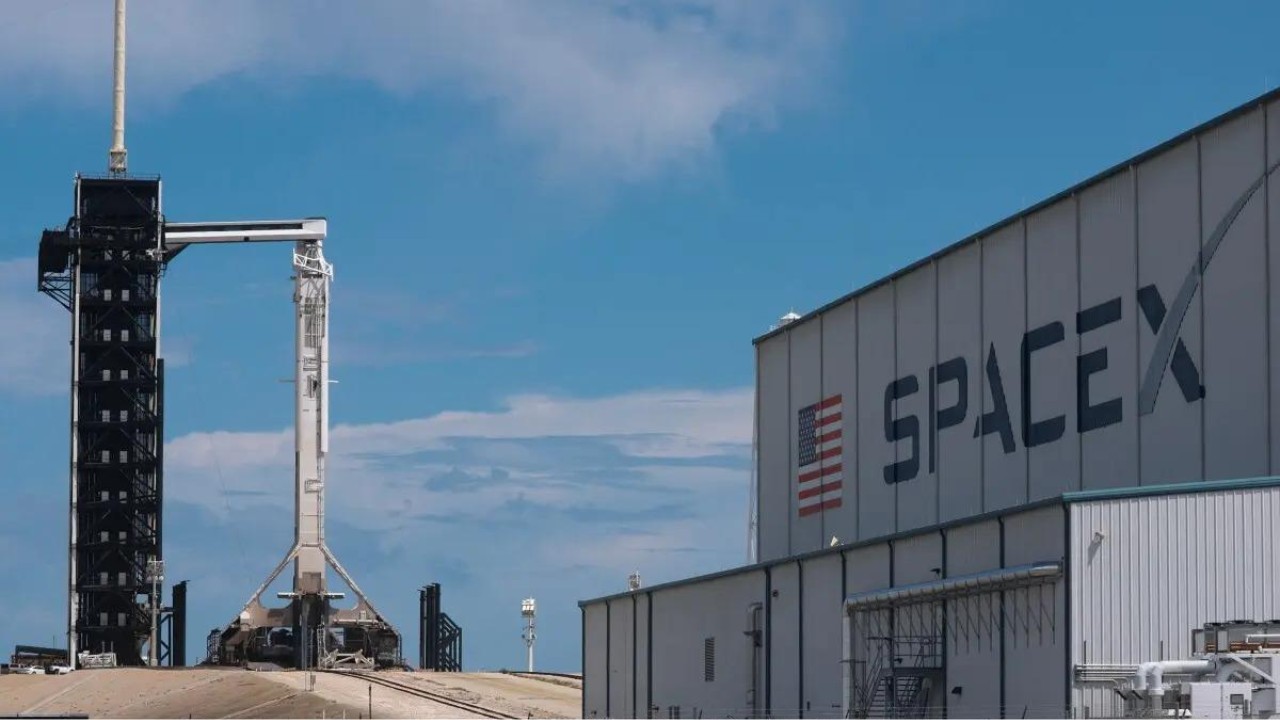This mission would have been the first with non-professional astronauts and would have included the first civilian spacewalk.
Polaris Dawn was supposed to take off early Tuesday from Nasa’s Kennedy Space Center in Florida, but SpaceX announced it would have to be delayed until no earlier than Wednesday because of a helium leak.
“Teams are taking a closer look at a ground-side helium leak on the Quick Disconnect umbilical. Falcon and Dragon remain healthy and the crew continues to be ready for their multi-day mission to low-Earth orbit“, SpaceX informed on X.
SpaceX’s continued pursuit of Space exploration
This is a setback for SpaceX, which has successfully delivered Nasa astronauts to the International Space Station since 2020. SpaceX first flew private citizens into space last year on a flight funded by Isaacman with the aim of raising money for St. Jude Children’s Research Hospital.
The most dramatic moment of the Polaris Dawn mission is planned for the third day when two of the crew will take a spacewalk holding onto the Crew Dragon spacecraft. As there is no pressurised airlock, the entire capsule will be depressurised, and all four members of the crew will be exposed to vacuum conditions while wearing newly designed spacesuits.
Significance of the Polaris Dawn Mission
Traditionally, the vacuum of space has been explored by government astronauts only. They usually build or upgrade space stations, repair satellites, and even conduct scientific experiments.
The Crew Dragon capsule for this mission is meant to travel about 870 miles above Earth’s surface. This is over three times higher than the International Space Station and will take the spacecraft through the inner regions of the Van Allen radiation belt. This high-radiation area is filled with energetic particles that are trapped by Earth’s magnetosphere.
The Polaris Dawn mission will also collect information on the effects of space radiation on astronauts and the spacecraft. This research aims to assist SpaceX in planning future missions to the Moon and Mars, where navigation has to pass through both the inner and outer Van Allen radiation belts.
This flight is the first of three planned spaceflights under the Polaris program funded and organised by Isaacman in partnership with SpaceX. The cost of the program and the details of the objectives and timing of the subsequent expeditions have not been disclosed.






